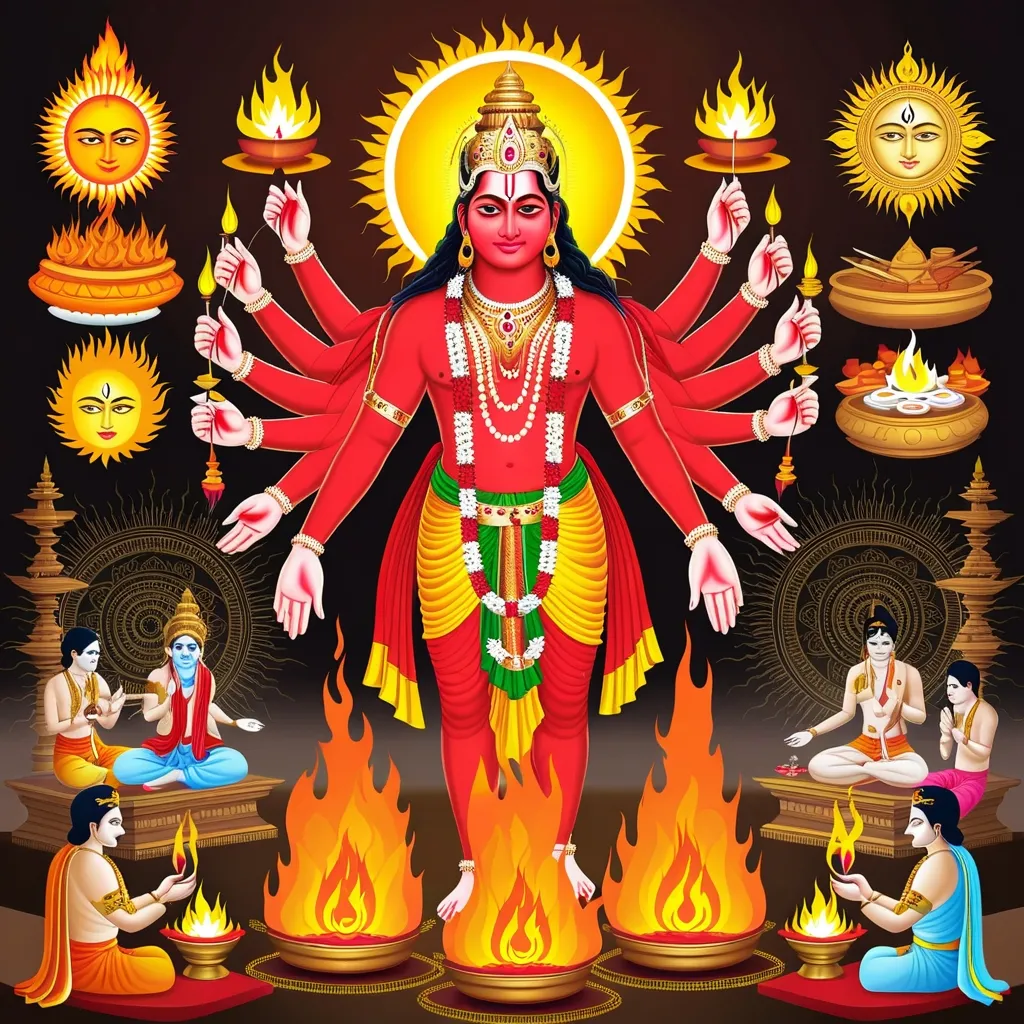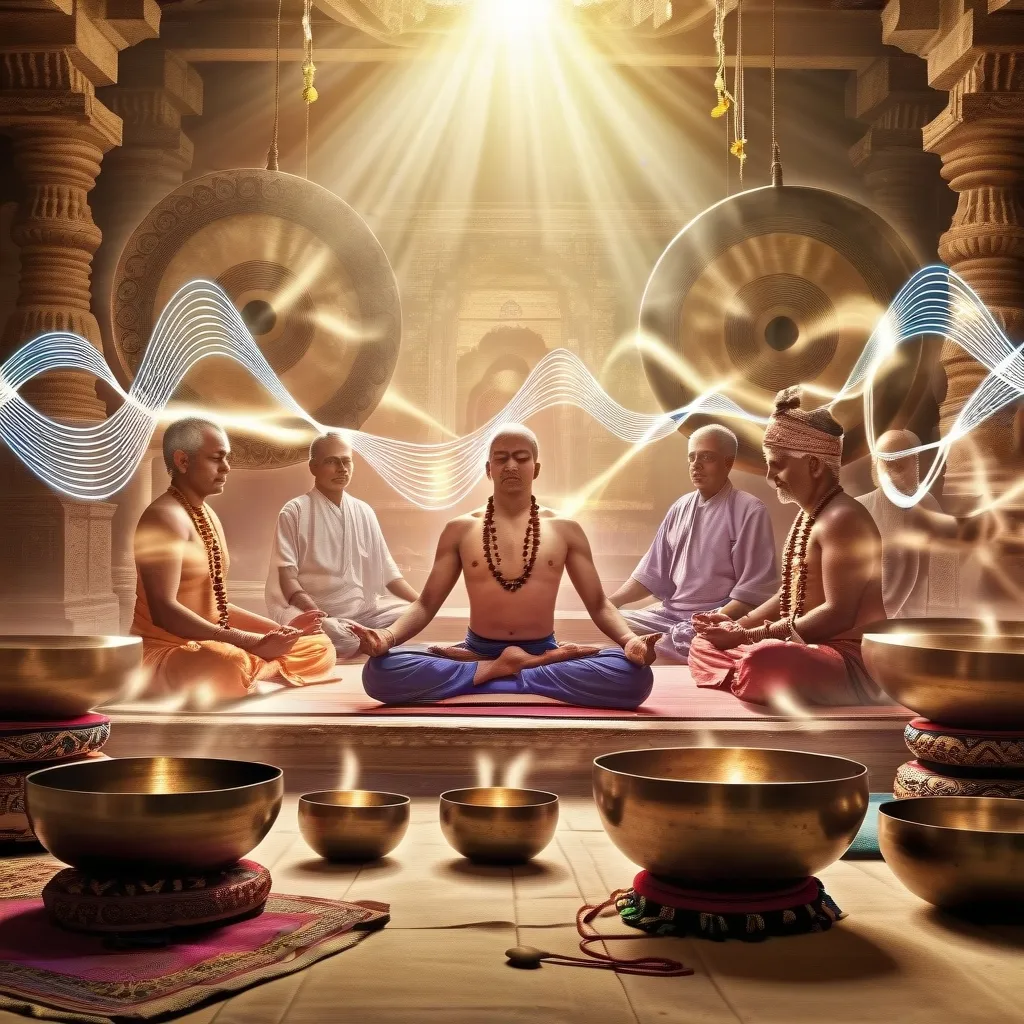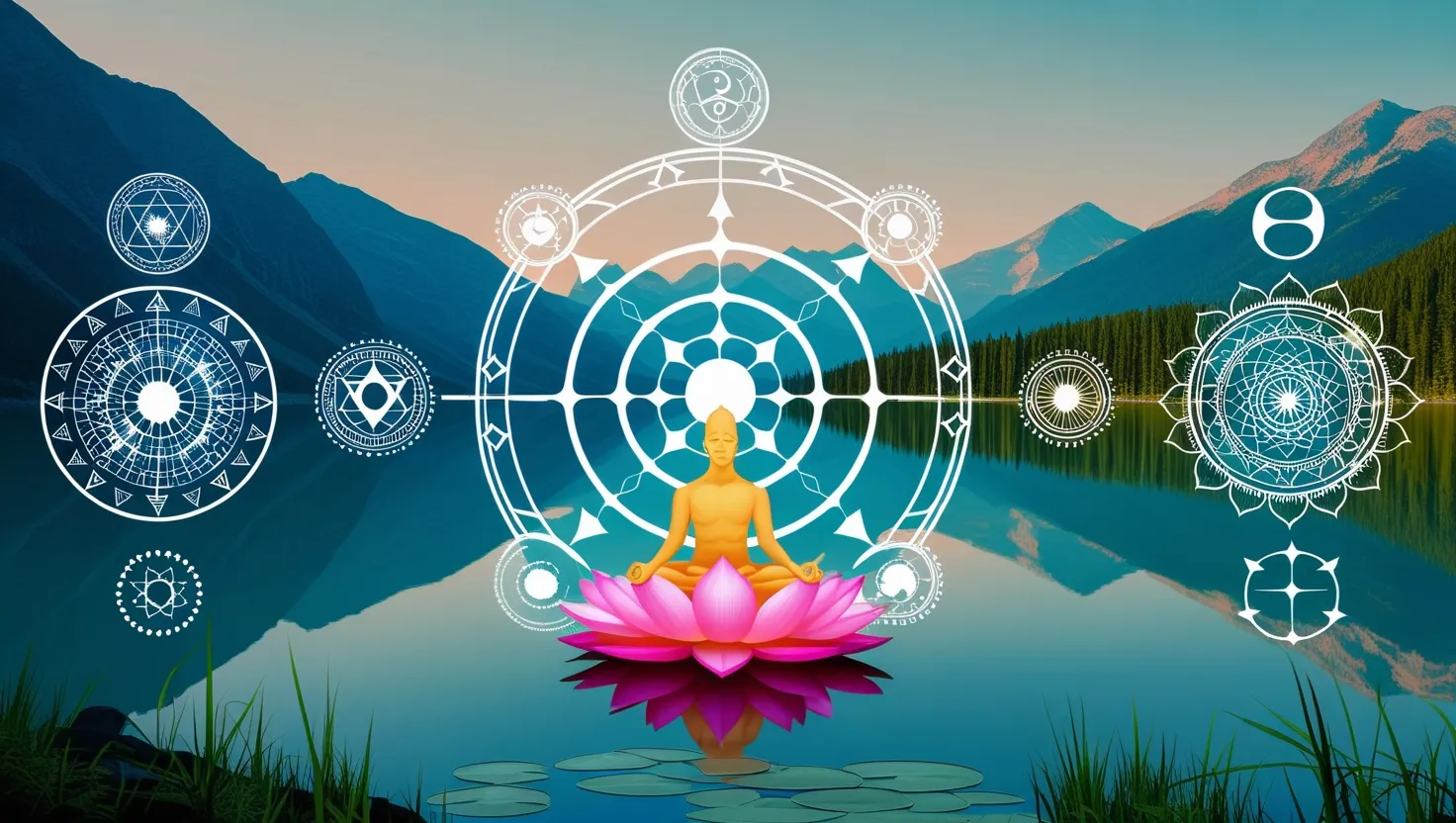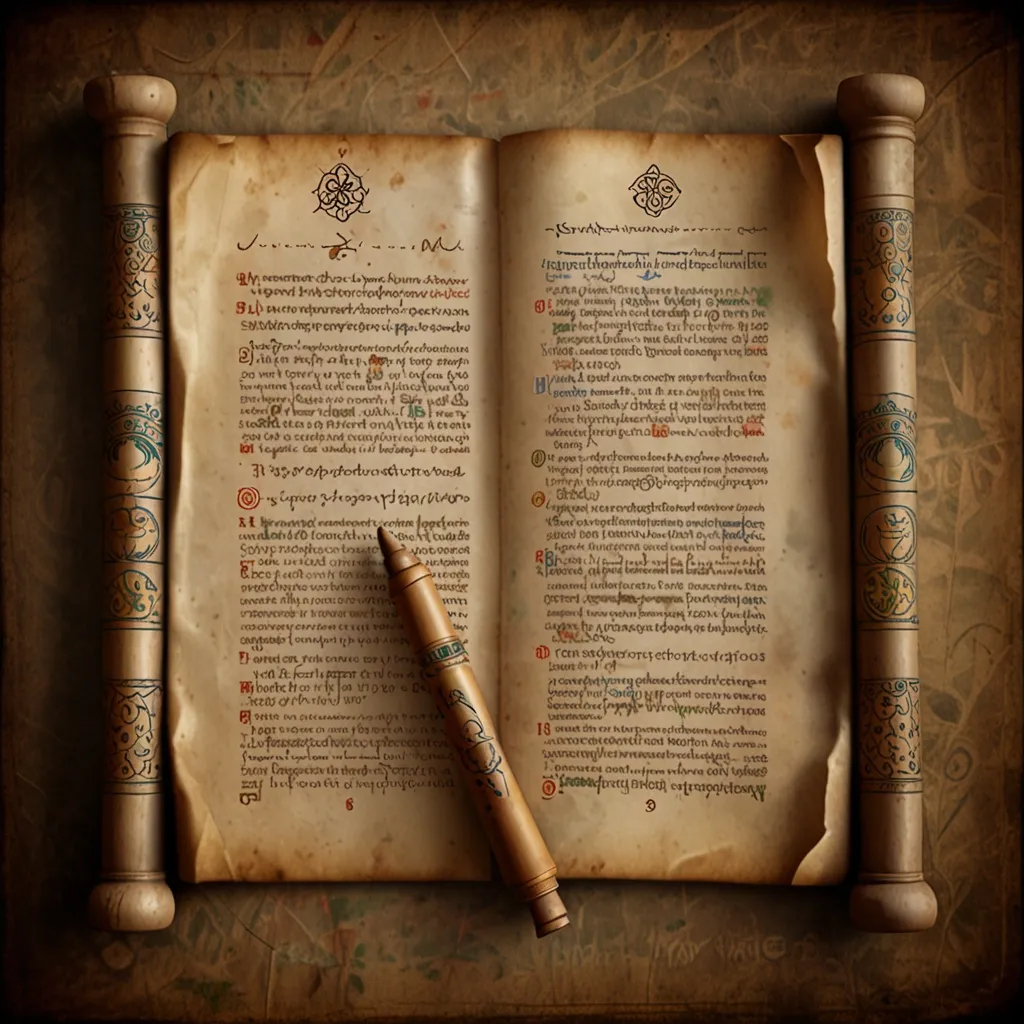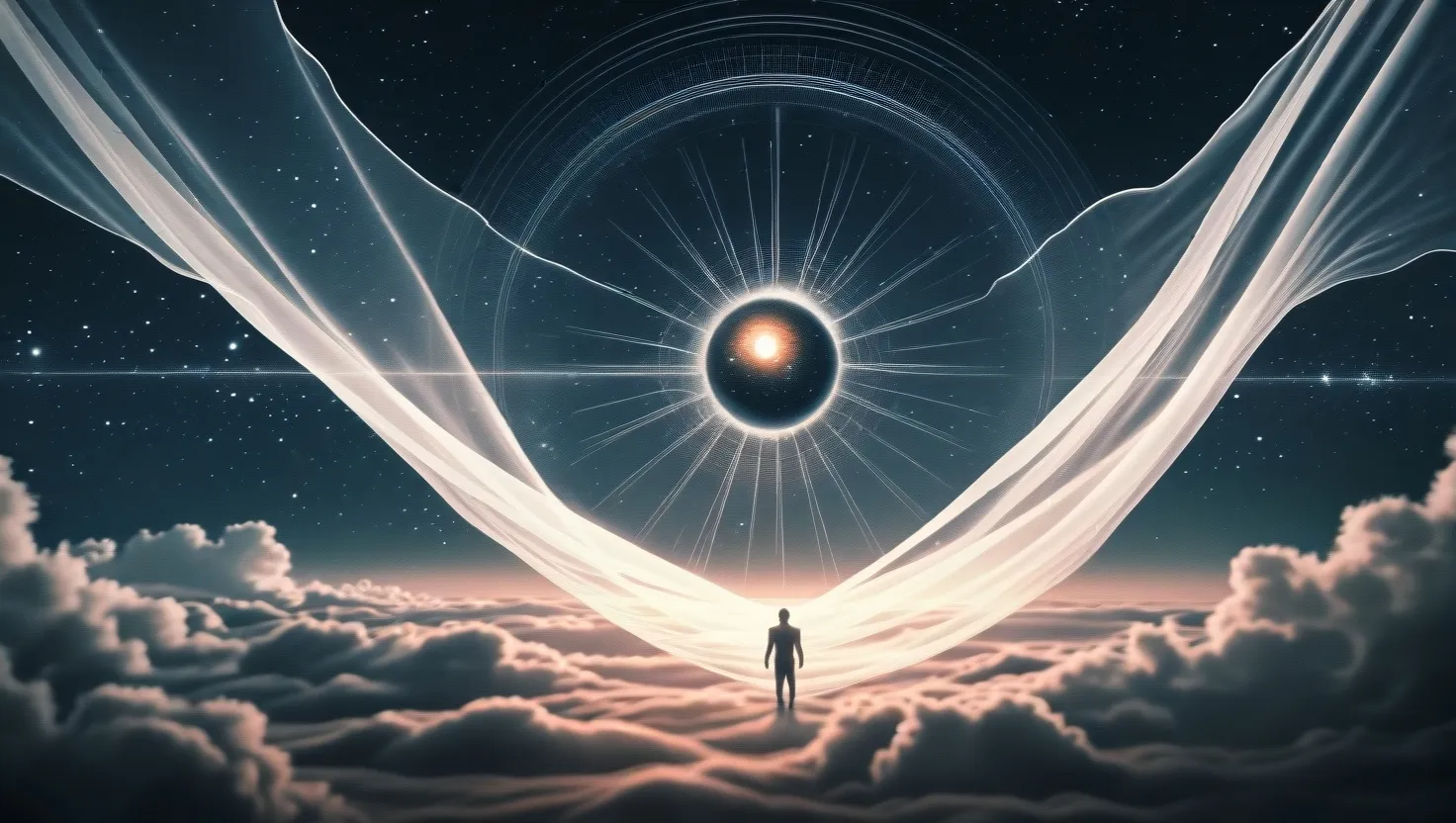In the vibrant tapestry of Hinduism, one figure stands out shining brilliantly over the centuries—Agni, the God of Fire. Fire worship, a practice deeply woven into the Vedic traditions, puts Agni right in the middle. He’s not just a deity, but the very embodiment of fire in its multitude of forms, whether it’s the sun’s blaze, the household hearth’s comforting glow, or the sacrificial ritual’s sacred flames.
Agni’s presence in Hinduism is about more than just being a god. Picture this: a red figure with three legs, seven arms, and six eyes. Each detail has its own significance, representing his diverse roles in the cosmic play. Agni isn’t just about looks. He’s the link between humans and the divine, the one who carries our offerings to the gods, making him indispensable in many rituals.
Now, let’s talk about rituals and sacrifices. At the very core of Vedic worship is the Yajna, or fire sacrifice. These ceremonies revolve around a sacred fire, which isn’t merely a physical entity but a powerful conduit to the divine. It’s through this fire that different offerings—ghee, flowers, herbs, grains—are made while sacred verses from the Vedas are chanted. Think of Agni as the divine messenger delivering these offerings straight to the gods.
When it comes to Vedic rituals, there’s a fascination with fire hearths. There are three types used traditionally—the householder’s fire, the southern fire, and the offertorial fire. Each one is symbolic of different cosmic and societal aspects. They even correspond to various societal roles and the ancient caste system, with heavenly fire linked to Brahmins, atmospheric fire to Kshatriyas, and earthly fire to Vaisyas. It’s a fascinating blend of spirituality and social order.
But Agni’s role isn’t just about grand rituals. He’s a part of daily life too, especially in daily ceremonies in Hindu homes. Lighting the fire each day using wooden pieces from the Arani tree, a method known as Agni-Mathana, symbolizes the rebirth of Agni every day. This simple, daily ritual underscores how important Agni is in maintaining both spiritual and familial harmony.
You can’t talk about Agni without diving into marriage and funeral rites. During Hindu weddings, the couple circles the sacred fire seven times, making vows with each step. This ritual, called Saptapadi, is essentially the legal part of a Hindu marriage, with Agni as the silent witness and guardian. At funerals, Agni plays another critical role. The cremation fire aids the deceased’s journey to the next life, and any disrespect toward it can invoke Agni’s wrath. Historically, this reverence even led to the practice of Sati, where the wife would immolate herself on her husband’s funeral pyre to ensure their passage together into the next incarnation.
Delving deeper, fire worship is rich in symbolism and spiritual significance. Fire represents purification and transformation. Offering oblations into the fire isn’t just about the physical act. It stands for self-sacrifice, burning away the old self to reveal a new, divine being. This transformational act is captured in the mantra “Swaha,” which means offering oneself for others’ sake.
Even in modern times, the essence of fire worship runs deep in Hinduism. Though the elaborate Vedic rituals have given way to simpler practices, modern practices like Yoga still carry the torch. In Ashtanga Yoga, for example, the body is viewed as an altar, with breath and movements as offerings to the inner fire. This inner fire, symbolized by Agni, is nurtured to bring transformation and wisdom.
And it’s not only about individual worship. Yajnas are community events too, drawing people together. These public rituals, known as Shrauta Yajnas, involve multiple priests, detailed setups complete with sacrificial fire pits, and the invocation of various deities through mantras and hand gestures. These communal rituals are about balancing nature, enhancing both spiritual and communal well-being.
Agni, as the God of Fire, is indeed a cornerstone of Hindu rituals and spirituality. His role spans from ancient rituals to modern practices, symbolizing purification, transformation, and the eternal connection between human and cosmic consciousness. He continues to light the way for spiritual growth and communal harmony in Hinduism.
Fire worship may have ancient roots, but its essence remains ever-relevant, a testament to how age-old practices continue to shape and illuminate modern life, burning brightly in the hearts and lives of those who seek a deeper connection with the cosmos. Through Agni, the divine link remains unbroken, an eternal flame guiding the spiritual journey of millions.
